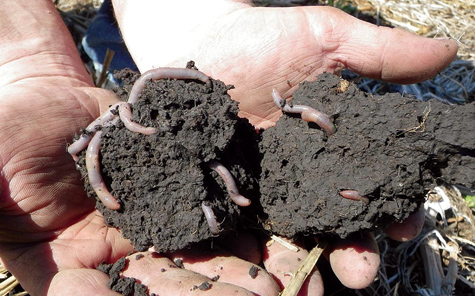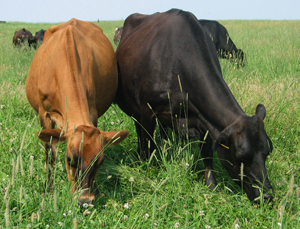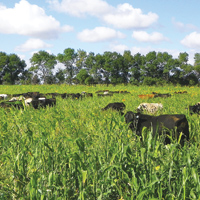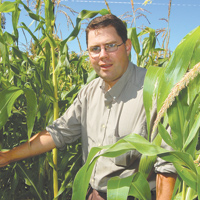By Gabe Brown
I want to start by telling everyone up front that I am not a soil scientist. I am a farmer/rancher who has spent the last 20 years working to improve the soil resource on my operation.
I have tried doing this in a myriad of ways, with some successes and many “learning experiences.” What I am going to do is share some of my experiences and observations, using my own operation to illustrate the concepts I follow. Realize that every operation is different. Each has its unique set of circumstances, and it is up to the operator to determine what works best on his or her own farm. Continue reading “Our five-step plan for healthier soils”






